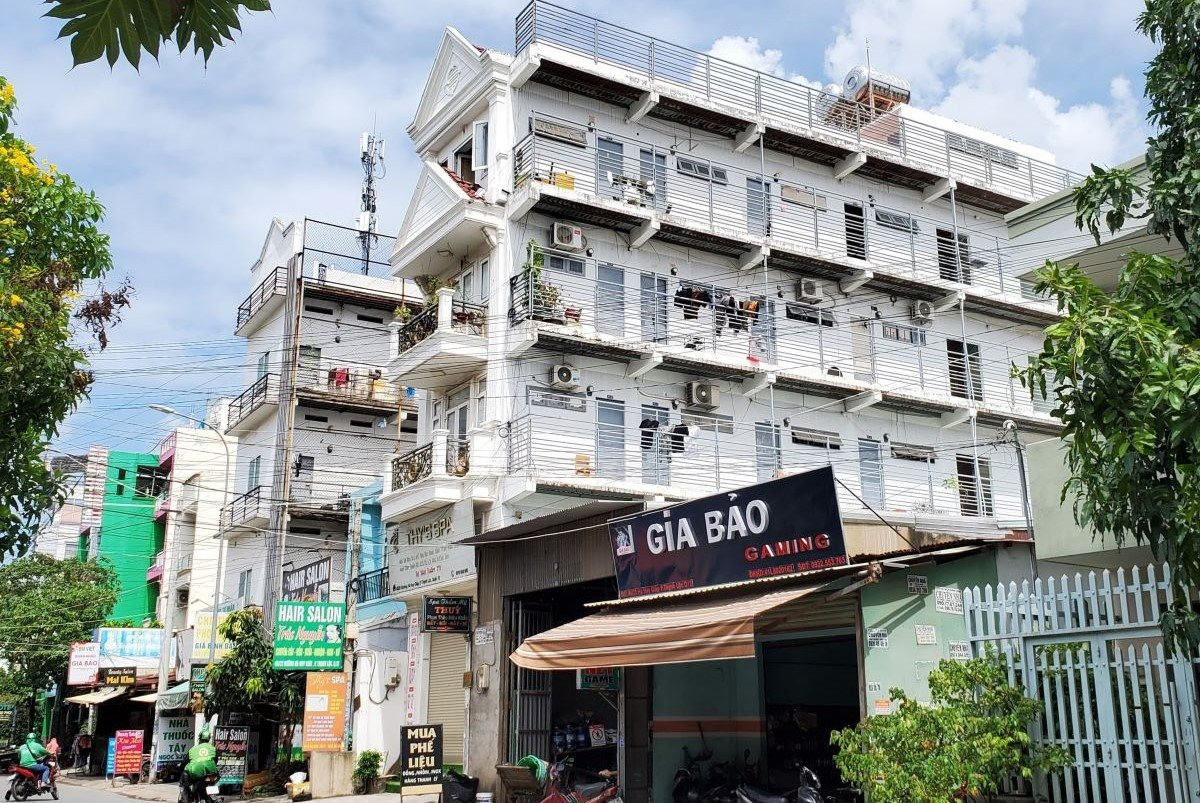
Thanh Quynh, a student at the University of Economics, Ho Chi Minh City, and her sister rented an apartment in a mini-apartment complex in District 1 (Ho Chi Minh City) for 4 million VND/month. The 6-story building has 25 apartments, 1 elevator, and 1 emergency exit by stairs. In the basement is a motorbike parking area. Due to the small area and the large number of motorbikes, the parking basement is always full. When the mini-apartment fire broke out in Hanoi, thinking about the motorbike basement where she lives, Quynh felt insecure and worried.
“Before moving here, we rented a room in Tan Binh district, but there were dozens of rooms there, very crowded and cramped, and the rooms had no windows, so we were worried about fire and explosion. Here it is more comfortable, but we are still worried about fire safety. Of the 25 apartments, every house cooks with an electric stove. During hot weather, the continuous use of air conditioners and fans makes the risk of fire and explosion even higher,” Quynh said worriedly.
According to Quynh, the building has fire escapes, but they are tiny and very stuffy. There are fire extinguishers, but they are old and hardly maintained. The building has balconies, but they are located in a small alley. If there is a fire, it will be very difficult to escape, not to mention the fire engines coming to put out the fire and rescue people.
Posing as people in need of renting a room, we went to an alley on Hoa Hao Street, Ward 2, District 10, Ho Chi Minh City. The owner of the boarding house led us to the 3rd floor of this building, pointed to a small room about 10 square meters wide, with a mezzanine, a kitchen and a private bathroom. This room was priced at 3.5 million VND/month.
According to observations, this house is about 5m wide, 15m long, 4 stories high in the shape of a "tube, box", the owner of the boarding house divided it into nearly 20 rooms. In a not-so-large area, the house has nearly 50 people living together. Below the ground floor is a narrow space containing dozens of motorbikes. Despite the large number of people living there, the only entrance to this mini-apartment style boarding house is only an iron gate about 1.5m wide and a narrow staircase. Looking closely, the four sides of this boarding house are surrounded by concrete walls and B40 iron mesh, with no gaps. We had to search carefully to find the fire extinguishers hidden behind the messy household items of the tenants. Thinking about the prospect of a fire breaking out, we couldn't help but shudder.
Mr. Hung - a real estate broker in Ho Chi Minh City said that in the central districts of Ho Chi Minh City, serviced apartments and mini apartments are always in high demand. The closer it is to the school start time, the harder it is to rent. When coming to see the room, most customers only negotiate the price and travel time, but few people care about fire safety. "There is only one exit between the tube houses, if a fire breaks out, the possibility of suffocation is very high. Because the way to the floors between these rental houses is quite narrow, the fire alarm system and exit signs are just for show," Mr. Hung added.
According to experts, in Ho Chi Minh City, due to the increasing demand for housing, while housing prices are very expensive, not everyone has the financial ability to buy a private house or a house near the center, so choosing to rent or buy a mini apartment is the solution for many young families as well as many young people who have just started working.
In reality, mini apartments often have quite "affordable" selling and rental prices. Each room has an average area of 25 - 50m2, fully furnished and located in the inner city, convenient for many people to travel. However, because the landlord often makes full use of the area, mini apartment buildings are often very cramped, located in alleys and do not meet fire prevention standards... However, these mini apartments often have a high occupancy rate of 90 - 100% due to their location near the city center. Mini apartments are even targeted by many investors as a rental investment channel.
Real estate experts also believe that, in addition to fire safety risks, buyers of mini apartments are likely to face legal risks. Because the transaction form of mini apartments in Ho Chi Minh City is mainly long-term lease-purchase, with one-time payment. The reason people have to use long-term lease-purchase is because mini apartments are not granted separate certificates for each apartment. When building mini apartments, investors only ask for permission to build individual high-rise houses with many rooms. Transactions are mainly established by notarized documents and co-ownership.
In addition, buyers of mini apartments often cannot mortgage, borrow from banks or make inheritance rights. Meanwhile, investors of mini apartments can completely mortgage, pledge or sell the apartment to get money. This leads to great risks for buyers of mini apartments, even leaving them empty-handed. Therefore, buyers need to research carefully before intending to rent or buy this type of housing.
Mr. Le Hoang Chau - Chairman of the Ho Chi Minh City Real Estate Association (HoREA) said that since 2010, the construction of multi-storey mini apartments has flourished in Ho Chi Minh City. There is a demand for mini apartments, but Ho Chi Minh City does not encourage the development of this type of mini apartment because it overloads the infrastructure. Due to the inadequacies of legal regulations, the "green light" has given rise to the proliferation of many individual housing projects designed as mini apartments. "This has led to the rampant construction of mini apartments in large cities, disrupting urban development planning, causing loss of aesthetics and not ensuring fire safety as well as lacking utilities and services for residents," Mr. Chau analyzed.
Source




![[Photo] Prime Minister Pham Minh Chinh chairs a meeting of the Government Standing Committee to remove obstacles for projects.](https://vphoto.vietnam.vn/thumb/1200x675/vietnam/resource/IMAGE/2025/10/06/1759768638313_dsc-9023-jpg.webp)
![[Photo] Prime Minister Pham Minh Chinh chaired a meeting of the Steering Committee on the arrangement of public service units under ministries, branches and localities.](https://vphoto.vietnam.vn/thumb/1200x675/vietnam/resource/IMAGE/2025/10/06/1759767137532_dsc-8743-jpg.webp)





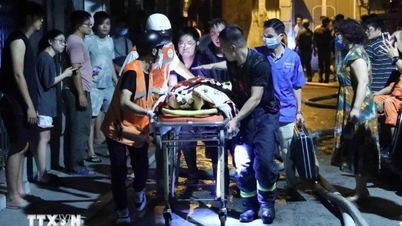




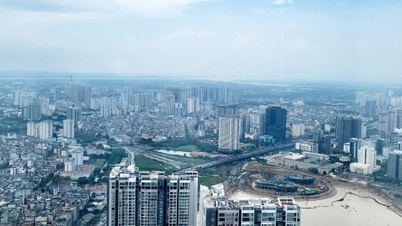










































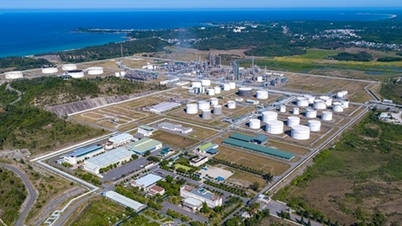



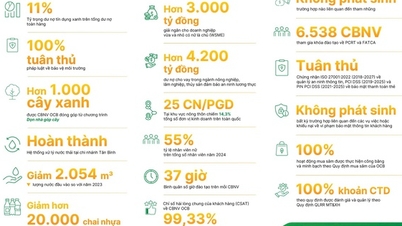

























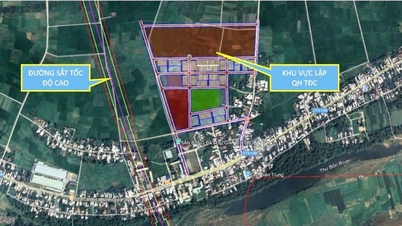










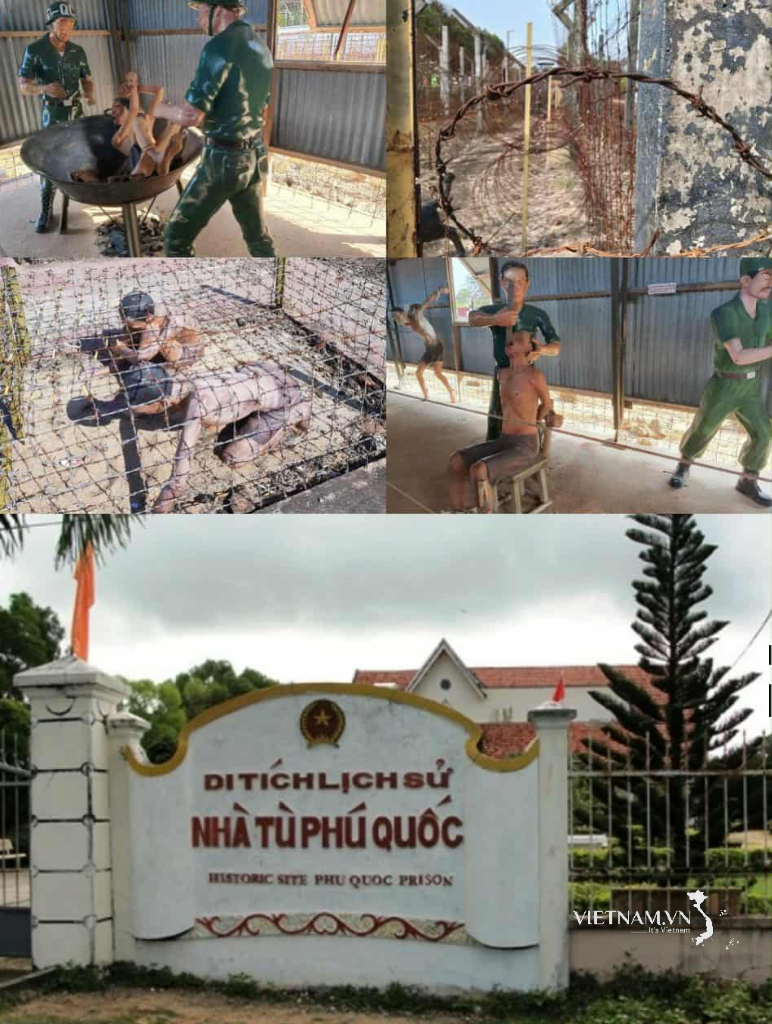

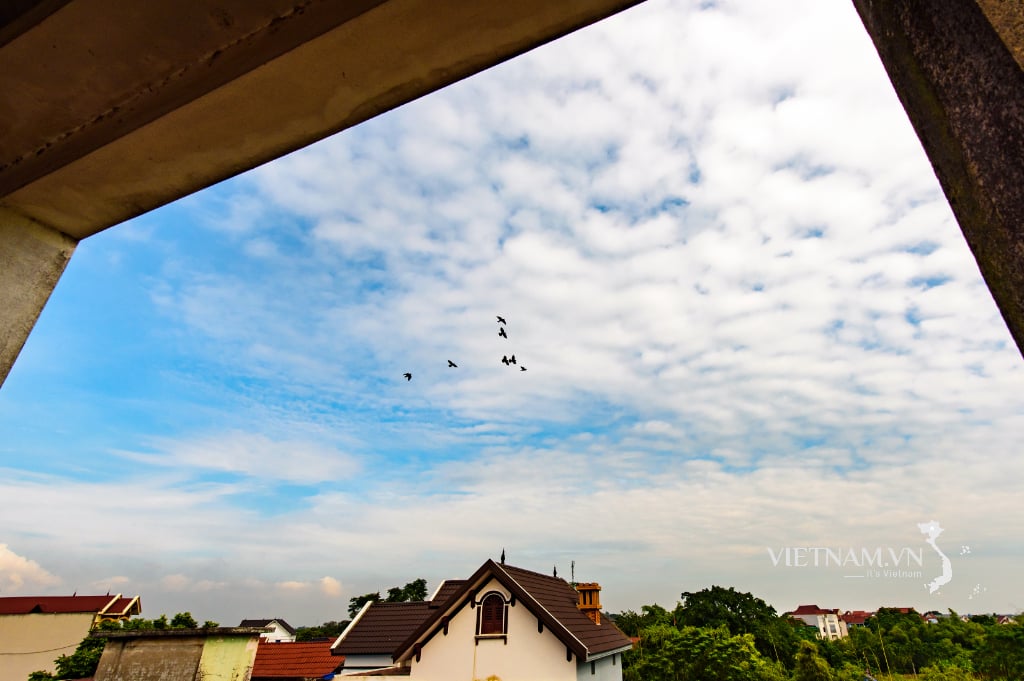
Comment (0)